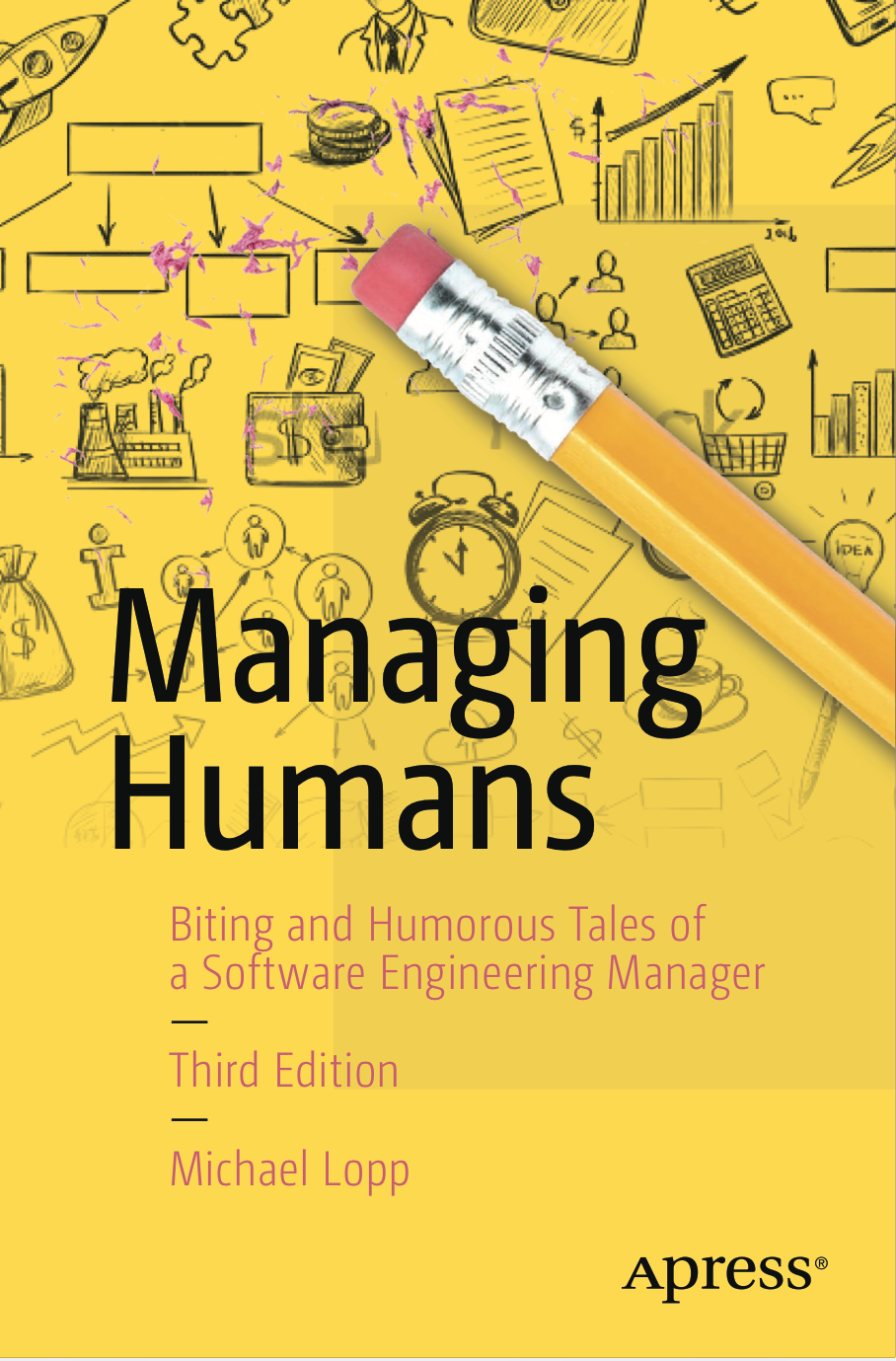I’ve been working on a talk about public speaking for a few weeks and I open with my worst public speaking experience. I tell the story of how I got up in front of the engineering team at my first start-up and had a full blown panic attack. Slide 7 of 15 – full stop. Couldn’t continue.
Most humans don’t like speaking in front of other humans and for me that situation is only exacerbated by being a self-identified introvert.
Thing is… I like public speaking. It’s a high. I get energy from the room and I’ve never been able to reconcile my introversion with this aspect of public speaking. Good news: outgoing introverts.
From The Muse – Outgoing Introverts Do Exist. Here’s one of the 10 signs:
It Actually Takes Less Energy to Say What’s on Your Mind Than to Make Small Talk
Introverts like talking about ideas or connecting authentically. Fake small talk bores you and drains your life force.
Yes. Right. Totally.
